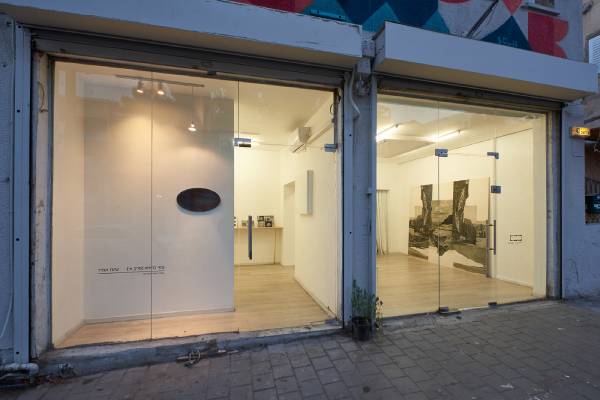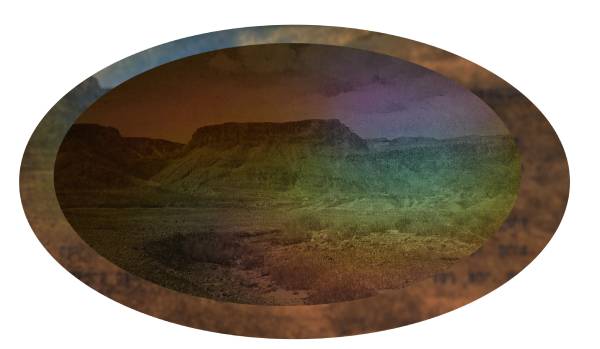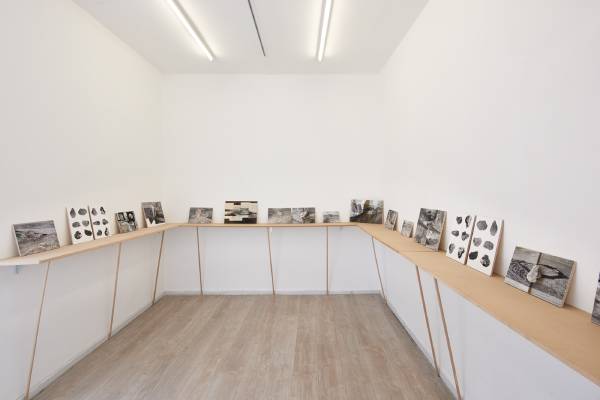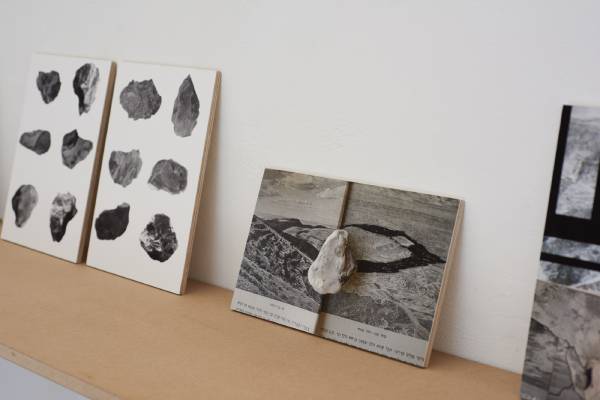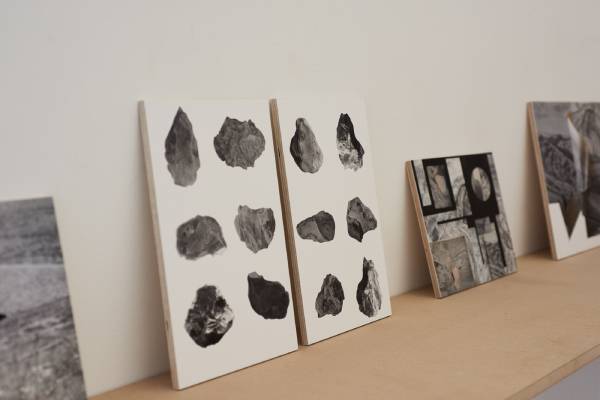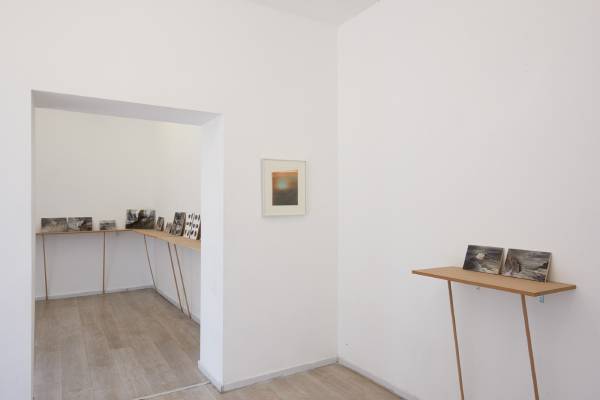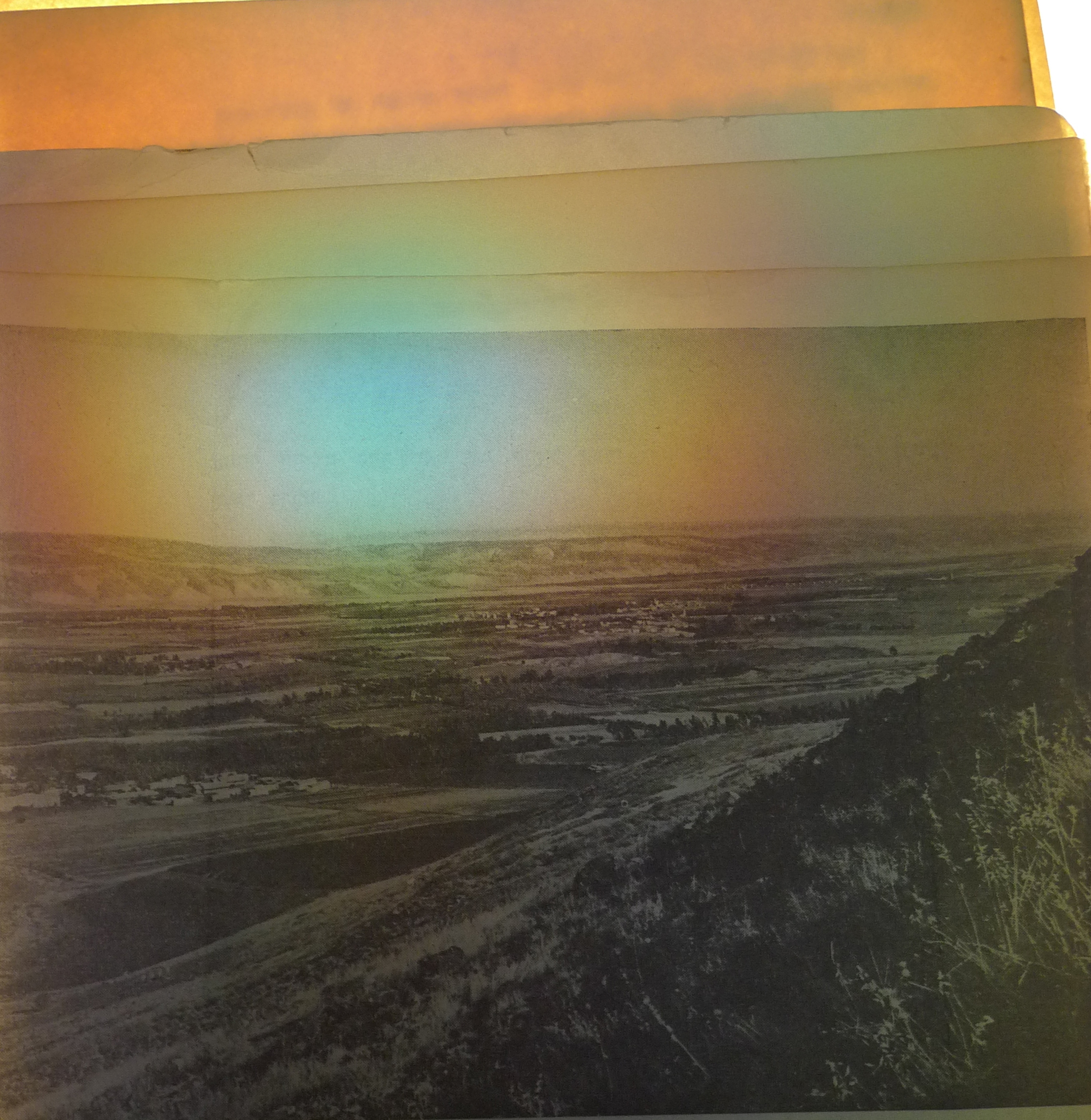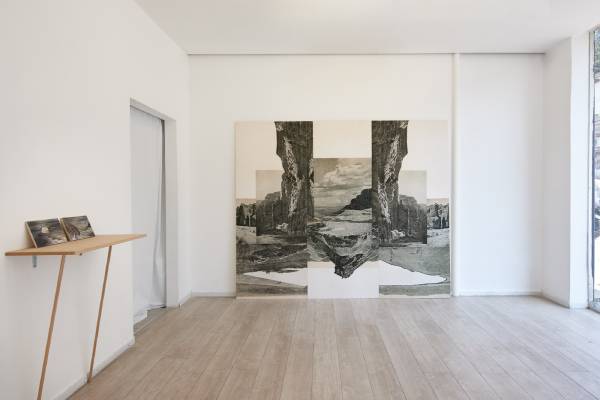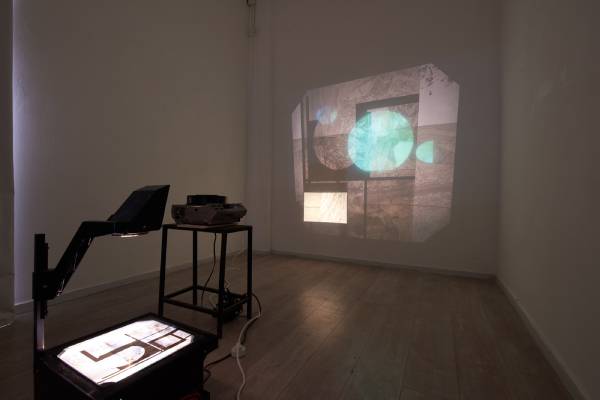Einat Amir
Land(E)scapes (Part 1)
Indie Photography Group Gallery
September-October, 2020
“Landscape is a medium of exchange between the human and the natural, the self and the other. As such, it is like money: good for nothing in itself, but expressive of a potentially limitless reserve of value.”[1]
Land(E)scapes (Part 1) is Einat Amir’s solo exhibition presented in the framework of the Indie Photography Award. The exhibition is the first part of an ongoing project that investigates the local landscape (the second part will be presented in October at the Jerusalem Print Workshop in the framework of the Alima Prize for Printmaking).
In this body of work, Amir observes the landscape of ‘Eretz Israel’ through two main prisms. In the first, with a seemingly candid gaze, she observes her surroundings through her own eyes as an occasional tourist roaming the country's landscape, driven by both curiosity and pleasure. Her second gaze is mediated by a source of educational knowledge that she leans upon: Volume No. 10 of the ‘Mikhlal’ Youth Encyclopedia[2]. “In the 1950s and 1960s, few were the Israeli students who did not refer to this quasi-legendary handbook almost every day. This flagship of the Zionist mainstream was enthusiastically recommended by our teachers and educators.”[3] The entire volume is dedicated to the entry ‘Eretz Israel’ and aims to offer a “historical timeline from the homeland of the patriarchs to the State’s establishment and early years.” Amir seeks to confront the unified narrative presented in the encyclopedic volume with a different, multilayered and more complex one.
When traveling across the landscape as a tourist, Amir is looking for innocent encounters with the land and its precious objects. She seeks to forget any previous encoding, culture, history or price tag attached to the land; to remain unshackled from the knowledge that any landscape is “embedded in a tradition of cultural signification and communication, a body of symbolic forms capable of being invoked and reshaped to express meanings and values.”[4]
Parallelly, Amir examines the compilation of knowledge offered in the Mikhlal Youth Encyclopedia which blatantly weaves together the landscape of ‘Eretz Israel’ with biblical stories and the Zionist narrative.
Amir's territories are a series of photographic collages created through a mix of digital and manual practices (laying out, folding, crumpling, cutting). Amir uses playfulness and intuition alongside a disassembly/reassembly strategy to combine images from the encyclopedia with various objects collected during her travels. Through the photographic act, images and objects are merged into a new picture of reality.
The images fluctuate on a range from the romantic-nostalgic and the fantastic to the concrete and the indexical. Thus Amir attempts to re-map the surface. Some of her works emphasize a mythical dimension, as though they were a nostalgic postcard of a pastoral desert, or an echo of an ancient and primordial landscape as known from biblical descriptions and interpretations. In other images, Amir disrupts the landscape and accentuates the scars on its surface - wars, military presence, roadworks, tree uprooting, construction errors and archaeological excavations to name just a few - through her collages.
The souvenirs collected on the ground (mostly stones) are laid down on the altered landscapes like military-looking landmarks testifying to a lust for control, the occupation of the land and the erasure of the past. Through her interference in the photographs, Amir echoes everyday practices, undermines the pastorality of the landscape and violates the quiet tranquility of Mikhlal’s unified story.
In her works, Amir exposes the ‘the unbearable lightness’ of a selective gaze (at the landscape) and simultaneously highlights its blind spots. By blending points of view, she tries to establish new interpretive and fantastic spaces that question the land. Through her use of imaginary geography, Amir grants the landscape the presumption of innocence and aspires to neutralize the knowledge and emotion bound to ‘Eretz Israel’.
Sally Haftel Naveh, Sep. 2020
[1] W. J. T. Mitchell, “Imperial Landscape” in Landscape and Power (Edited by W. J. T. Mitchell), The University of Chicago Press, Chicago and London, 2002, p.5
[2] Mikhlal, Enziklopedyah la-No'ar, Yavne, Tel Aviv, 1965
[3] Wikipedia in Hebrew, https://he.wikipedia.org/wiki/%D7%9E%D7%9B%D7%9C%D7%9C_-_%D7%90%D7%A0%D7%A6%D7%99%D7%A7%D7%9C%D7%95%D7%A4%D7%93%D7%99%D7%94_%D7%9C%D7%A0%D7%95%D7%A2%D7%A8
[4] W. J. T. Mitchell, “Imperial Landscape” in Landscape and Power (Edited by W. J. T. Mitchell), The University of Chicago Press, Chicago and London, 2002, p.14

